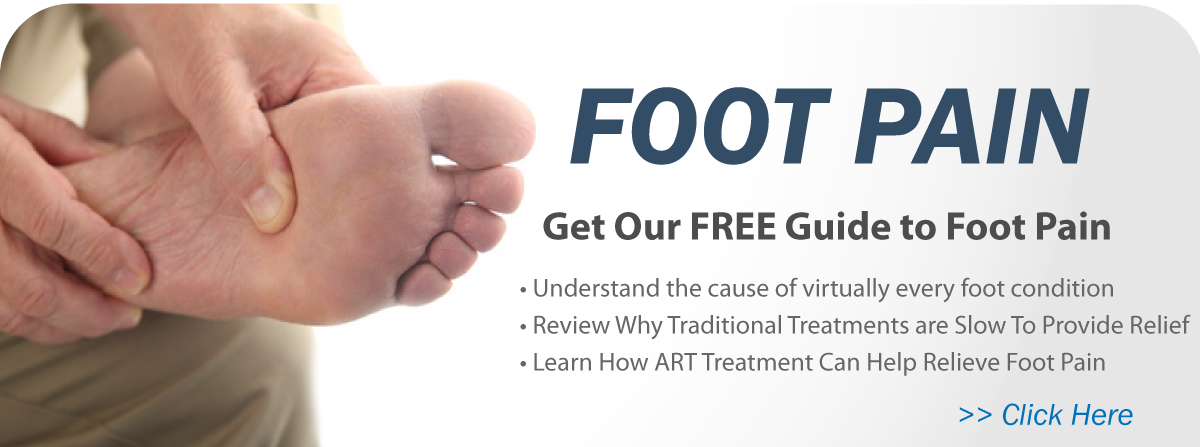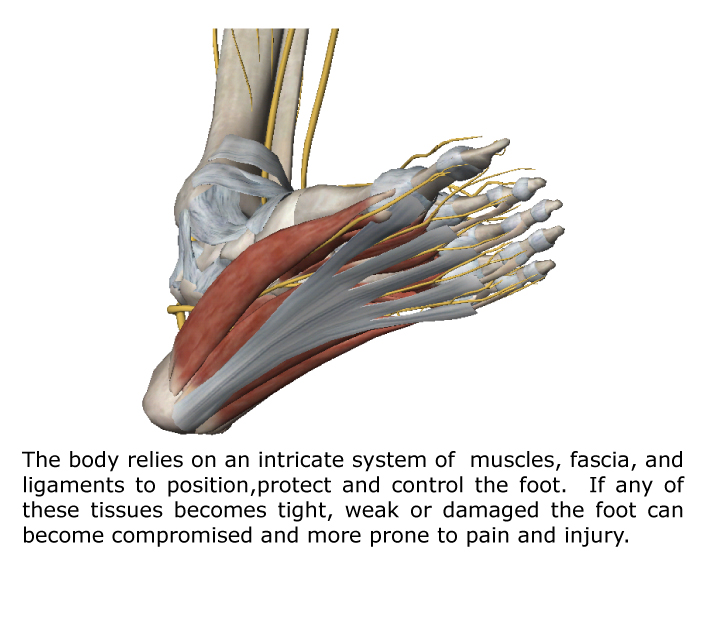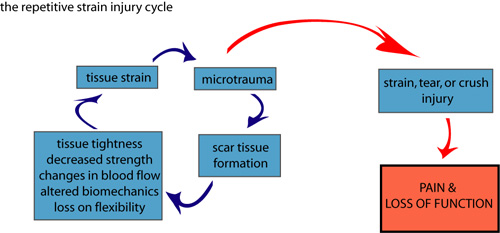[responsive] [/responsive][gap height=”25″]
[/responsive][gap height=”25″]
Plantar Fasciitis
Improved Treatment with Active Release Techniques
Plantar fasciitis can be one of the most frustrating and stubborn foot conditions that can interfere with work and can prevent you from enjoying things such as walking, running, playing golf, or exercising.
What makes plantar fasciitis even more frustrating is that traditional treatments such as medication, modalities such as laser, e-stim or ultrasound, and even stretches and exercises are often slow to provide relief. And surgery is rarely an option.
But there is some hope……
A new treatment technique known as Active Release Techniques (ART) is proving to be a very effective method to resolve many common foot conditions, including plantar fasciitis.
If you are not familiar with ART treatment don’t worry. This is a relatively new treatment method. So in this article we will discuss what you need to know about plantar fasciitis, including a review of Active Release Treatment.
Here are the key things I will cover….
- The underlying cause of virtually every case of plantar fasciitis
- Why traditional treatments are often ineffective or slow to fix the problem
- What ART Treatment is… and how it is so effective in treating foot pain
What Causes Plantar Fasciitis?
The foot is one of the most complex areas of the skeleton. It is made up of 28 different bones, surrounded by an intricate system of muscles, fascia, and ligaments. In fact, there are more than 25 specific muscles that act to move and position the various bones and joints of the foot.
And as you can see from the image below, many of the major muscles attach directly into the base of the heel.
But most of these muscles are small and have to work hard to control the foot with even basic activities such as standing, walking, or climbing stairs. The demand on these muscles is even greater with physically demanding jobs or weight bearing activities such as walking or running.
This heavy workload can cause the the various muscles, ligaments, and the plantar fascia to become strained and fatigued. And over time this strain can develop into small scale tissue damage known as micro-trauma.

Initially this micro-trauma is very small and the amount of damage is not enough be painful. However, this damage still needs to be repaired, which the body does by forming new connective tissue around the damaged areas.
This new tissue formation – referred to as scar tissue – itself is not a problem. It is a normal and necessary part of healing. But a big problem does occur when the foot is subjected to the same amount of stress and strain over the course of weeks and months.
When this happens the foot becomes caught in a repetitive strain cycle where the same muscles and fascia are damaged and subsequently repaired over and over again. This process is associated with more and more soft tissue adhesion formation.
As these soft tissue adhesions begin to build up it makes the plantar fascia very tight and stiff. Now instead of behaving like flexible rubber band it starts to behave more like a stiff cable and as the foot bends and moves it will start to pull away at the heel where it attaches..thus creating heel pain.

[gap height=”30″]The Problems with Traditional Plantar Fasciitis Treatment
In an attempt to treat plantar fasciitis a variety of treatment methods are used. Some of the more common approaches include anti-inflammatory medications, rest, ice, orthotics, night splints, ultrasound (US), muscle stimulation (E-Stim), or stretching and strengthening exercises.
Unfortunately, most of these techniques generally require a long period of time before they provide any significant relief and in many cases only provide temporary relief ….assuming they help at all.
The reason these approaches are often ineffective is they fail to address the underlying scar tissue adhesions that develop within the plantar fascia and surrounding muscles. Remember it is these adhesions that are making the tissues tight and creating the pain in the heel.
Passive approaches like rest, ice, medications, and modalities like e-stim primarily focus on symptomatic relief and do nothing to address the fascia or muscle restrictions. Sometimes orthotics can help but only in a small number of cases – and they do not correct the problems in the soft tissues.
More active approaches such as stretching and exercises are often needed for full rehabilitation of pain and to restore full strength and function of the muscles. However, they themselves do not treat the underlying scar tissue. Without first addressing the scar tissue adhesions stretches and exercises are often less effective and much slower to produce relief.
Improved Treatment for Plantar Fasciitis with Active Release Techniques
So if all of these traditional treatments are not very successful for plantar fasciitis what is the solution?
Well without a doubt we have found that Active Release Techniques (ART) treatment is the most effective, quickest, and most lasting treatment solution.
Active Release Treatment (ART) was developed about 20 years ago by a doctor in the United States. This may seem like a long time but as far as treatment techniques go it is quite new – but it is making an big impact in healthcare and is becoming the treatment of choice for common musculoskeletal problems.
In fact, virtually every professional sports team has an ART doctor on staff to help keep their athletes healthy and performing at top level. And many major employers have also begun to keep ART doctors on staff to reduce workplace injury.
So let’s take a look at exactly what ART treatment is and why it is so effective if treating plantar fasciitis….

What is ART
Active Release is a hands-on treatment method to address problems in the soft tissues of the body, including the muscles, ligaments, fascia, and nerves. What makes ART different from other treatments is that it is specifically designed to identify and treat scar tissue adhesions that build up and compromise tissue health and flexibility.
By locating and treating the soft-tissue adhesions with ART it allows the doctor to to 1) break-up restrictive scar tissue adhesions, 2) restore normal movement and sliding of the muscles and nerves, and 3) more completely restore strength and flexibility of the muscles and fascia which protect and control the foot.
How Does It Work?
When performing an ART treatment the doctor will first shorten the muscle, tendon, or ligament and then apply a very specific pressure with their hands along that structure. To assess the area the doctor will then stretch and lengthen the tissue underneath their hand contact.
As the tissue slides underneath their contact they are able to assess the texture and tension of the tissue to determine if it is healthy or contains scar tissue adhesions. When scar tissue adhesions are felt the amount and direction of tension can be modified to break-up the scar tissue and free the problematic area.
ART takes a long time to master and after years of practice ART docs are able to develop a very acute sense of touch and feel. This helps us to know exactly which muscles have become restricted and damaged, and also helps improve treatment results by allowing us to be very specific with treatment. After all, if you cannot feel the problem how can you fix it?
How Long Does It Take to Resolve Plantar Fasciitis?
One of the best things about ART is how quickly it can get results. In our experience the majority of plantar fasciitis cases respond very well to ART treatment, especially when combined with the appropriate home stretching and strengthening exercises. Although each case is unique and there are several factors that will determine the length of time it will require to fully resolve each condition, we usually find a significant improvement can be gained in just 3-4 treatments.
Get Relief From Plantar Fasciitis
To learn more, or to book an initial appointment to see if ART may be able to help with your plantar fasciitis simply call our office at (905) 685-7227, or book an appointment through our online scheduling system.
For general questions you can either call our office or send us an email at [email protected] – one of our ART certified doctors will be happy to answer any questions you have.
[gap height=”50″]
[gap height=”50″]
